The 'retail apocalypse'
Big retailers and malls were already struggling when the pandemic hit. Now they’re shuttering stores at alarming rates.
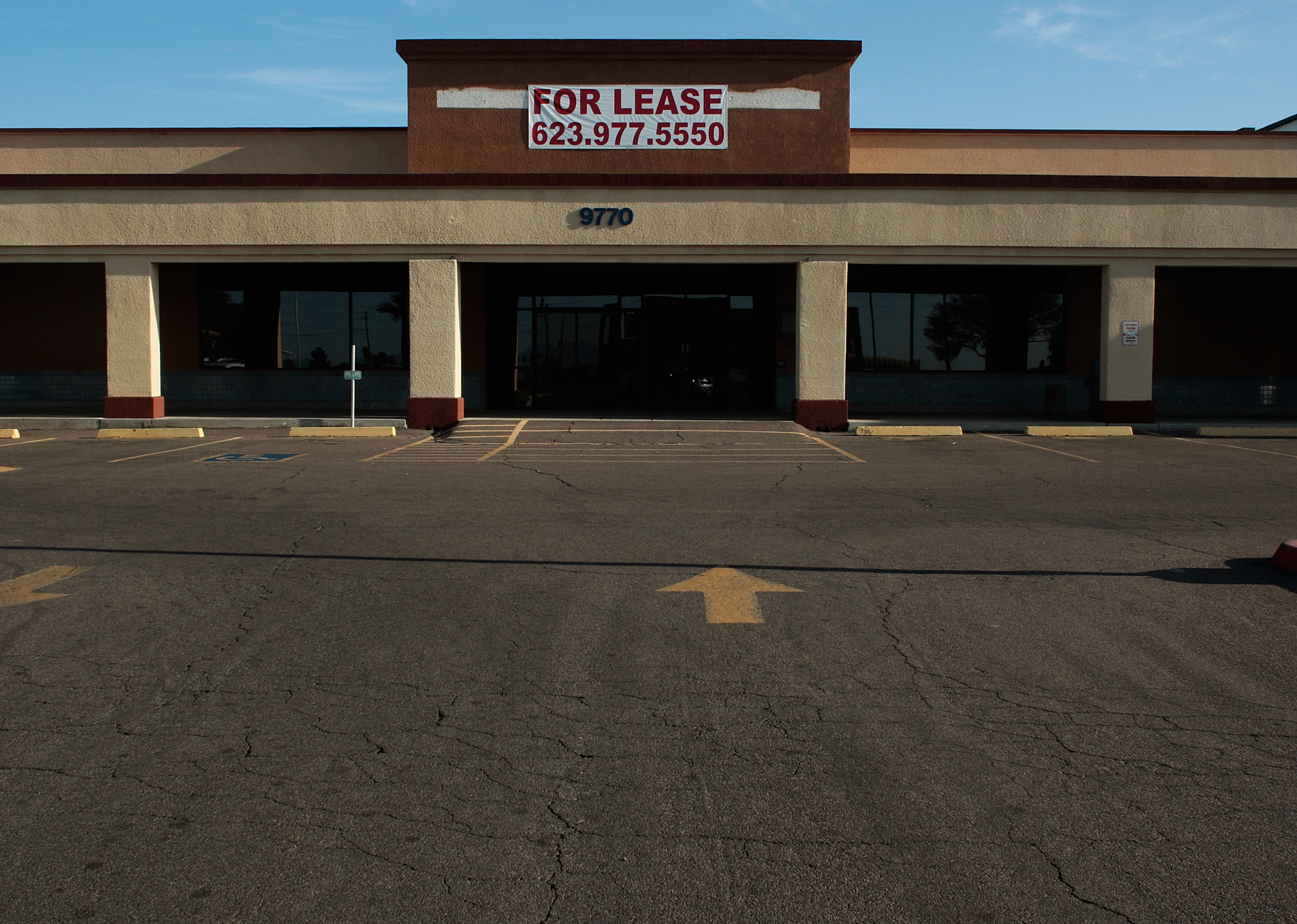
Big retailers and malls were already struggling when the pandemic hit. Now they're shuttering stores at alarming rates. Here's everything you need to know:
Why is retail in such trouble?
A decade ago, consumers began turning in larger numbers to Amazon and other online retailers. The steep, nationwide drop in sales for brick-and-mortar stores has been accelerating in recent years, but the pandemic put their decline into overdrive. Major retailers closed 12,000 stores in 2020, after an already devastating 2019, when more than 9,300 stores closed. Another 80,000 stores — 9 percent of the nation's total — will close in this "retail apocalypse" over the next five years as e-commerce sales grow, predicts a report from financial services company UBS. More than 60 major retailers filed for bankruptcy last year, including Brooks Brothers, J. Crew, Guitar Center, and Pier 1; other recent bankruptcies include Sears, Lucky Brand, Forever 21, and Circuit City. In 2019, Payless shut down all of its 2,100 stores, and a year earlier Toys R Us closed all of its 735 stores. Bed Bath & Beyond is in the midst of eliminating 200 stores, and Victoria's Secret has shuttered dozens. Department stores have been particularly hard-hit.
The Week
Escape your echo chamber. Get the facts behind the news, plus analysis from multiple perspectives.

Sign up for The Week's Free Newsletters
From our morning news briefing to a weekly Good News Newsletter, get the best of The Week delivered directly to your inbox.
From our morning news briefing to a weekly Good News Newsletter, get the best of The Week delivered directly to your inbox.
What's happened to department stores?
The entire sector has been devastated as consumers have lost the habit of shopping and browsing in person. It's "just a format that does not work anymore," said Chris Kuiper, an analyst at CFRA Research. "People don't want to wade through a four-story megastore to find a couple of items." Roughly 40 percent of the nation's department stores have closed since 2016, including every Lord & Taylor store and nearly all Sears and Kmart stores. Neiman Marcus and J.C. Penney have filed for bankruptcy; Macy's has shuttered dozens of stores and will close 125 more by 2023. No end to the carnage is in sight: Roughly half of all remaining mall-based department stores will close by the end of 2021, predicts the real estate research firm Green Street Advisors. That will have a devastating impact on the nation's malls.
How are malls doing?
A growing number of malls are either dead or on life support. Hundreds have closed over the past decade, and Coresight Research estimated last year that a quarter of the roughly 1,000 remaining will close in the next three to five years. "The whole business model has just unraveled," said Neil Saunders of the consultancy GlobalData Retail. Without department stores as anchors, foot traffic has plummeted. "The department store genre has been taking the great American shopping mall down with it," said Mark Cohen, director of retail studies at Columbia Business School. Mall developers have tried to revive their fortunes by bringing in "experiential retailers," including gyms, movie theaters, and restaurants — but those businesses hit a brick wall during the pandemic. In addition to lost jobs, dead malls have an outsize impact on communities where they've gone from a tax-generating "social space" to "an eyesore," said Vicki Howard, author of From Main Street to Mall. "It's quite a big economic and social and cultural phenomenon." And online shopping and the pandemic are not the only causes.
A free daily email with the biggest news stories of the day – and the best features from TheWeek.com
What are the other factors?
Even before the pandemic, the U.S. had 40 percent more shopping space per capita than Canada and 10 times more than Germany. Industry analysts widely agreed that this retail surplus was unsustainable. Department stores have been hurt by the shrinking of the middle class that made up their client base, while discounters who cater to lower-income consumers, such as TJ Maxx and Dollar General, have actually seen growth. The demise of many retailers — including Nieman Marcus, J.Crew, and Toys R Us — has been hastened by their acquisition by private-equity firms such as Bain Capital and KKR that suck up their revenues and saddle them with debilitating debt. A 2019 report by the nonprofit United for Respect tallied nearly 600,000 retail jobs lost over 10 years at companies owned by private-equity firms.
Do stores and malls have any chance of surviving?
The consumer trends behind the shift aren't going to turn around, so stores and malls are trying to adapt. Many retailers are increasing their focus on online sales and looking for new ways to bring in customers. Kohl's is opening Sephora beauty shops in 200 locations this fall. Bloomingdale's and Macy's are moving toward smaller stores; this month a "Bloomies" store opens in Fairfax, Virginia, that will offer a "highly curated, ever-evolving" selection, personal shoppers, and a Cuban-themed restaurant. Malls are diversifying as well, incorporating grocery stores and office and residential space and increasingly leaning on "experiential" offerings such as ice rinks and climbing walls. The massive $5 billion American Dream mall, touted as the future of retail when it opened in New Jersey in 2019, boasts an indoor ski slope, a water park, and a roller coaster. But three of its intended retail anchors — Barneys New York, Lord & Taylor, and Century 21 — went out of business during the pandemic. Kurt Hagen, an executive with mall owner Triple Five, said "it would have been much better if American Dream had burned down or a hurricane had hit it."
Converting malls into Amazon hubs
The shopping mall's demise has led to a dilemma in communities across the nation: what to do with millions of square feet of abandoned retail space. Some former retail outlets have become medical offices, community colleges, COVID vaccination centers, senior residences, and even public schools. In Burlington, Vermont, a high school temporarily shifted students to a former Macy's, where teens take elevators to classes. "It's weird but cool at the same time," said Moses Doe, a freshman. A former Sears in an Idaho Falls mall is becoming a charter school; director Michelle Ball notes that the mall's remaining businesses "could get more traffic because of it." And in an ironic twist, a growing number of stores are being repurposed by the very e-commerce giant that helped doom them. Amazon turned some 25 shopping malls into distribution warehouses between 2016 and 2109, according to a Coresight Research analysis. Over the past eight months, Amazon has begun setting up distribution centers in former malls in Baton Rouge, Knoxville, and Worcester, Massachusetts.
This article was first published in the latest issue of The Week magazine. If you want to read more like it, you can try six risk-free issues of the magazine here.
-
 Film reviews: 'Wicked: For Good' and 'Rental Family'
Film reviews: 'Wicked: For Good' and 'Rental Family'Feature Glinda the Good is forced to choose sides and an actor takes work filling holes in strangers' lives
-
 ‘Like a gas chamber’: the air pollution throttling Delhi
‘Like a gas chamber’: the air pollution throttling DelhiUnder The Radar Indian capital has tried cloud seeding to address the crisis, which has seen schools closed and outdoor events suspended
-
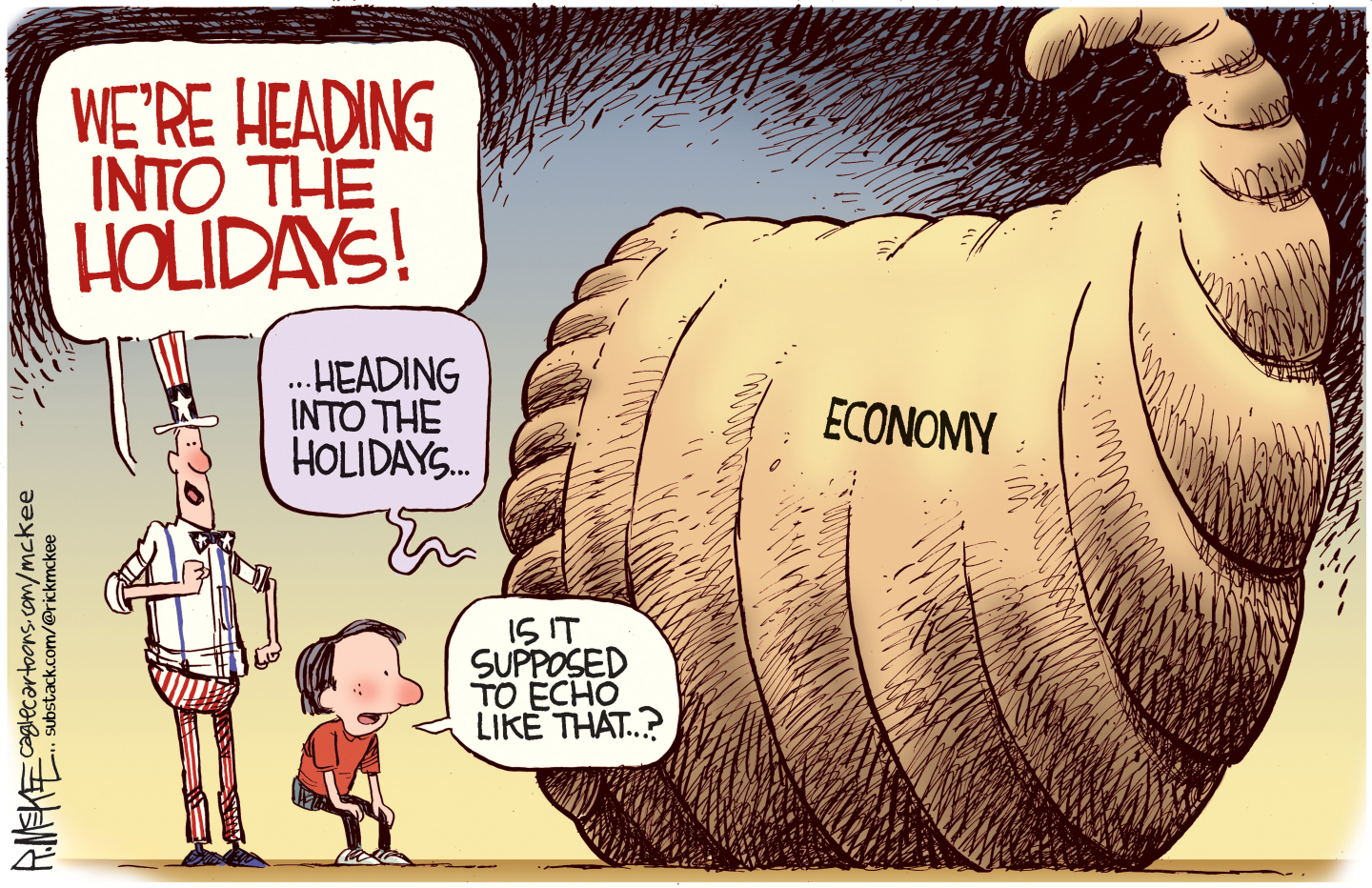 Political cartoons for November 23
Political cartoons for November 23Cartoons Sunday’s political cartoons include a Thanksgiving horn of plenty, the naughty list, and more
-
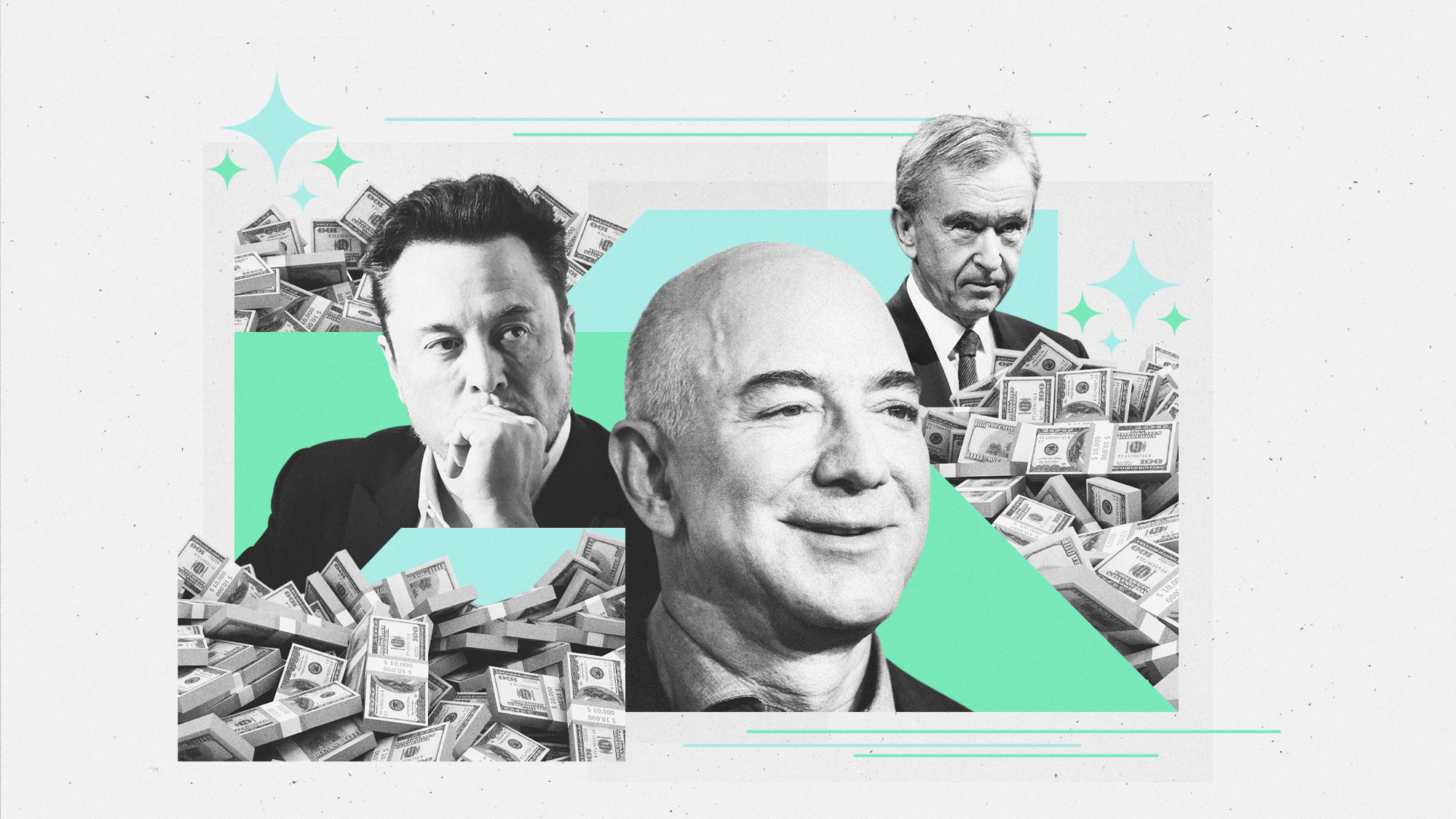 The rise of the world's first trillionaire
The rise of the world's first trillionairein depth When will it happen, and who will it be?
-
 The surge in child labor
The surge in child laborThe Explainer A growing number of companies in the U.S. are illegally hiring children — and putting them to work in dangerous jobs.
-
 Your new car may be a 'privacy nightmare on wheels'
Your new car may be a 'privacy nightmare on wheels'Speed Read New cars come with helpful bells and whistles, but also cameras, microphones and sensors that are reporting on everything you do
-
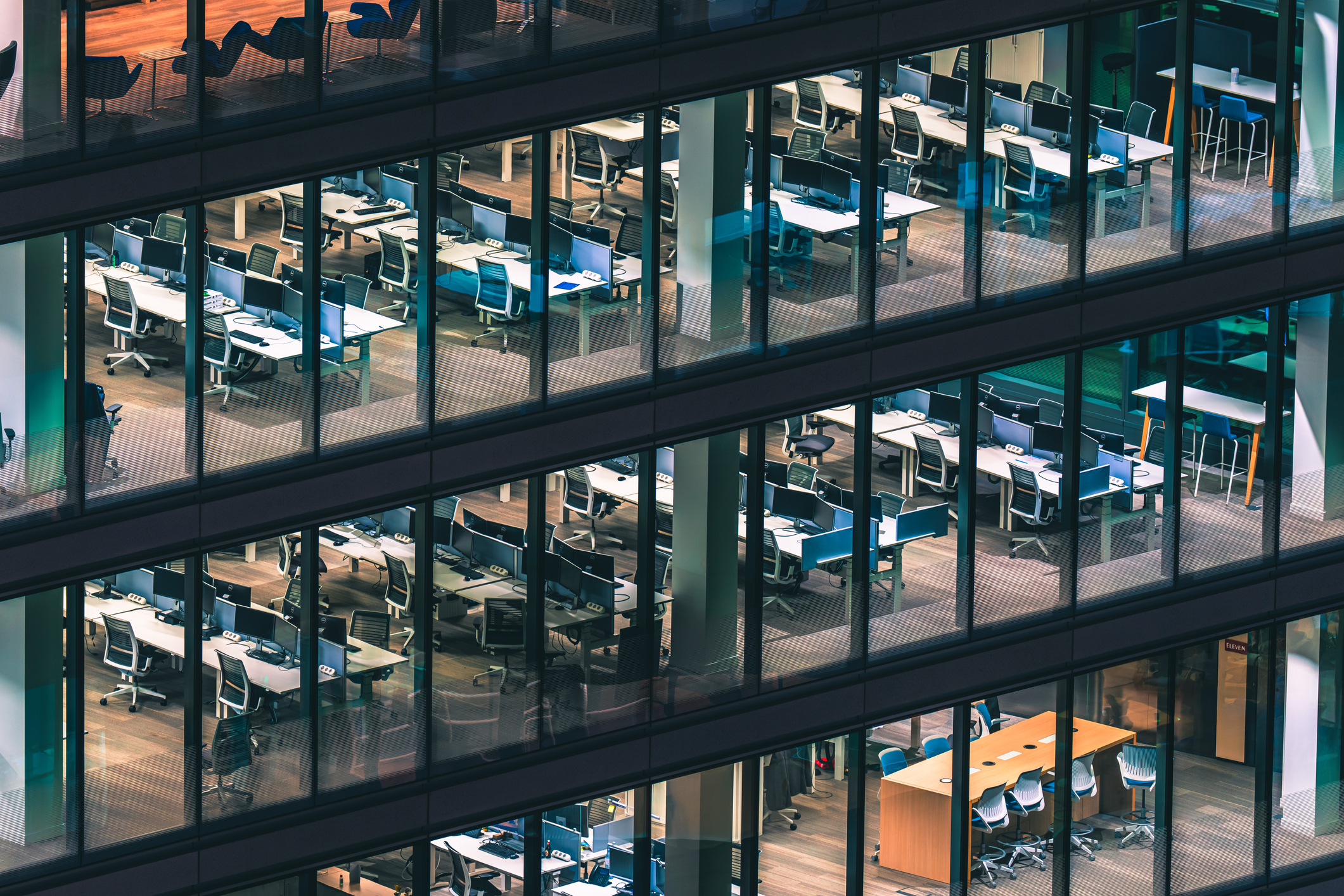 Empty office buildings are blank slates to improve cities
Empty office buildings are blank slates to improve citiesSpeed Read The pandemic kept people home and now city buildings are vacant
-
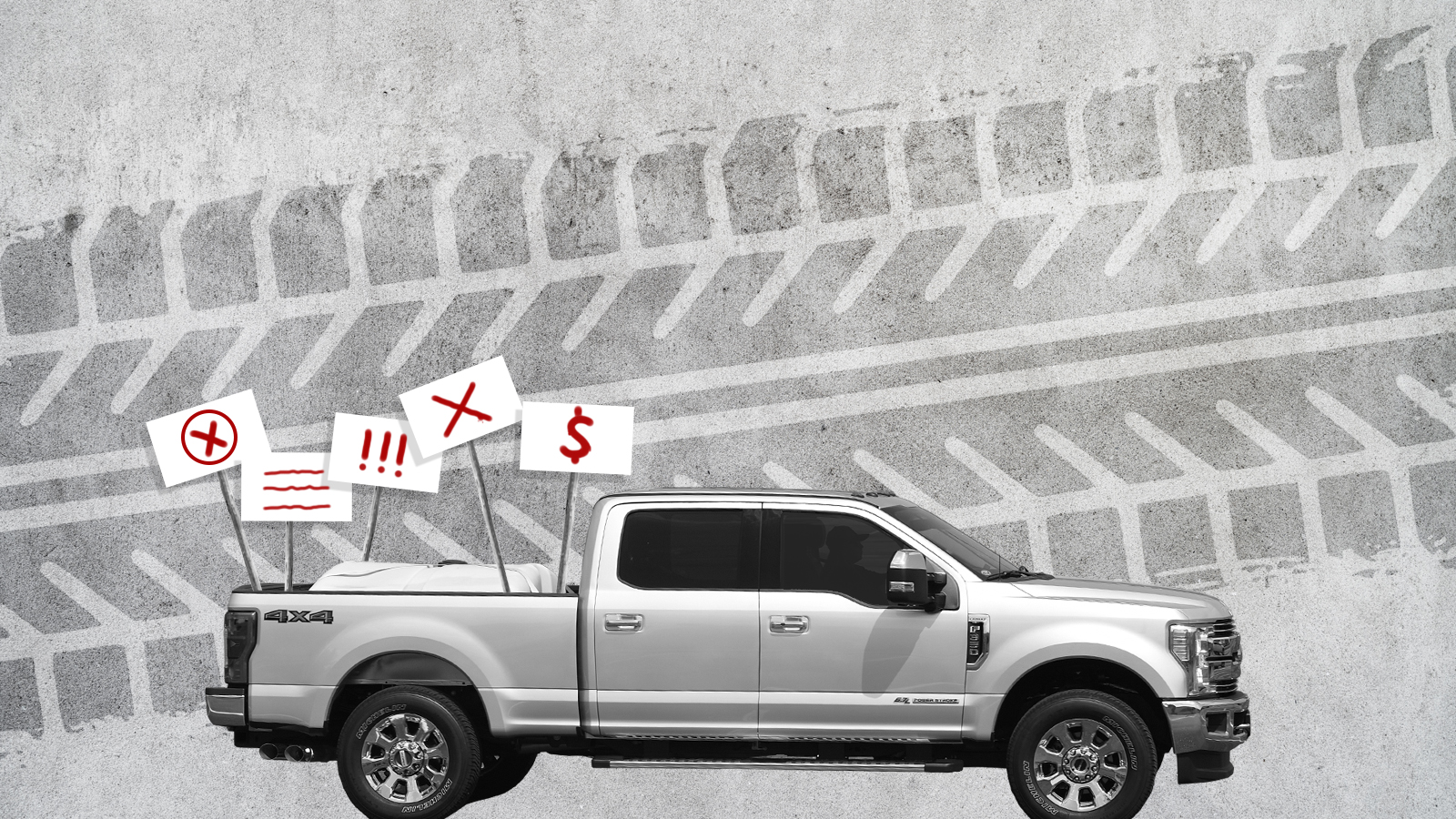 Why auto workers are on the brink of striking
Why auto workers are on the brink of strikingSpeed Read As the industry transitions to EVs, union workers ask for a pay raise and a shorter workweek
-
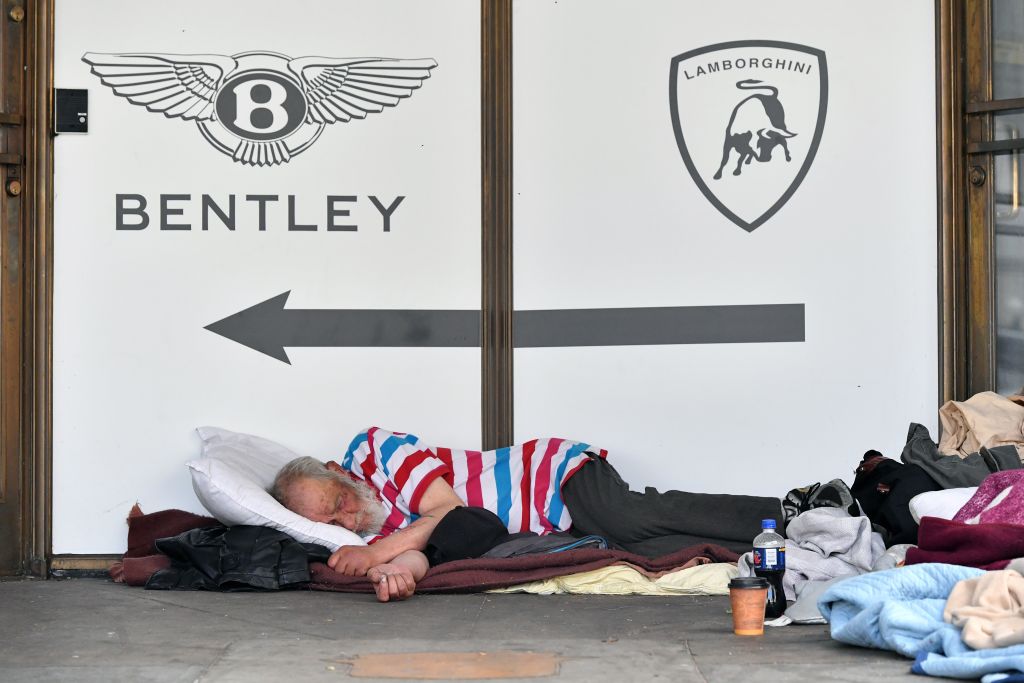 American wealth disparity by the numbers
American wealth disparity by the numbersThe Explainer The gap between rich and poor continues to widen in the United States
-
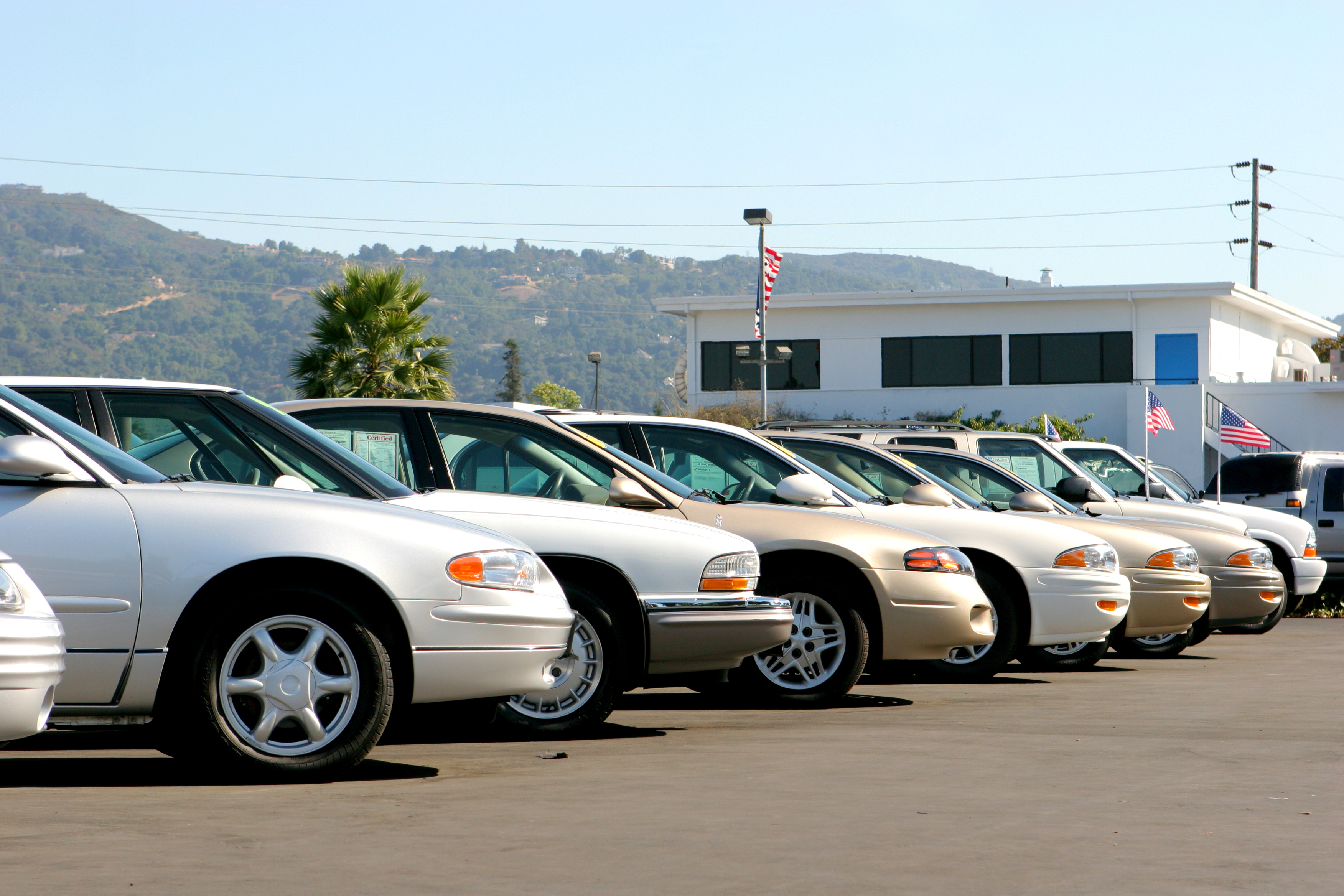 Cheap cars get run off the road
Cheap cars get run off the roadSpeed Read Why automakers are shedding small cars for SUVs, and what that means for buyers
-
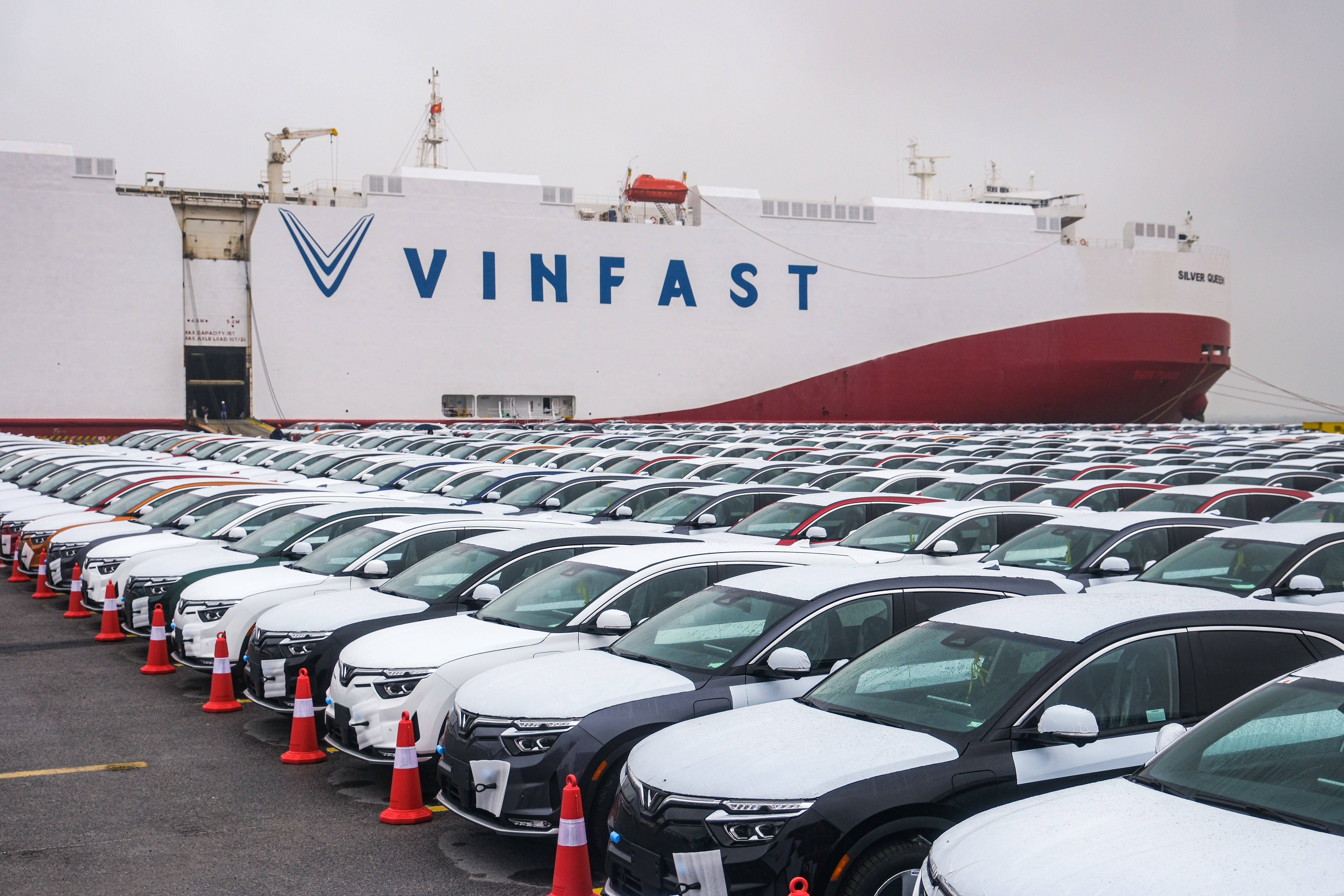 Vietnamese EV maker VinFast wows with staggering Nasdaq debut
Vietnamese EV maker VinFast wows with staggering Nasdaq debutSpeed Read Can the company keep up the pace, or is it running out of gas?